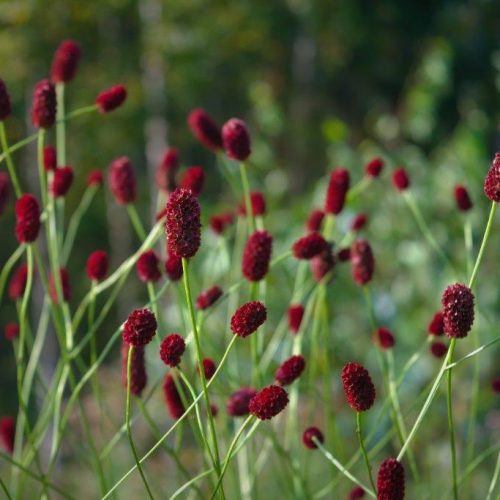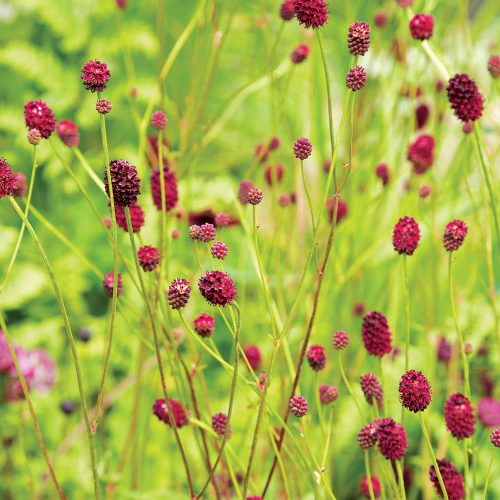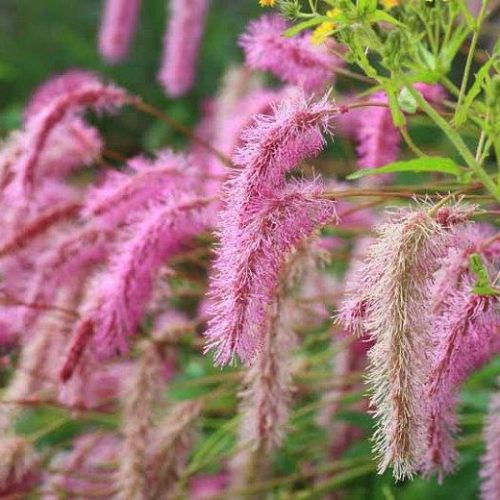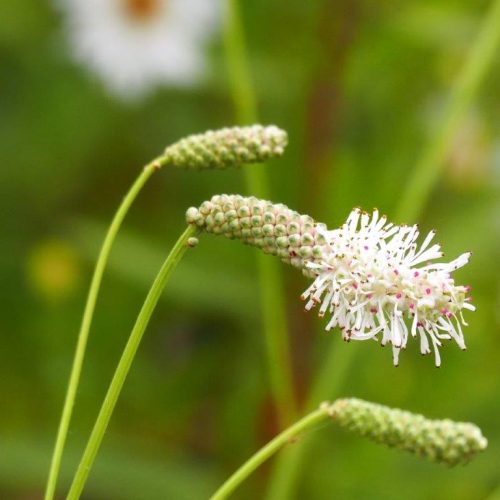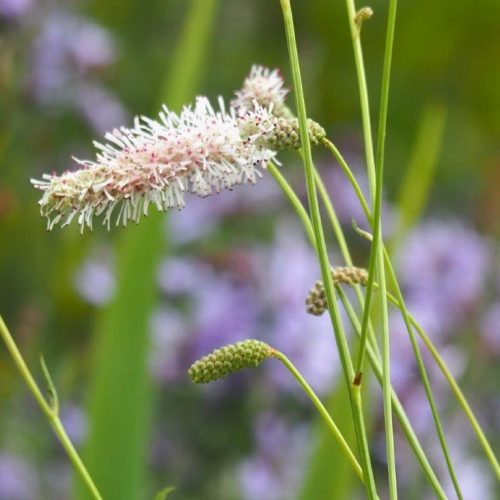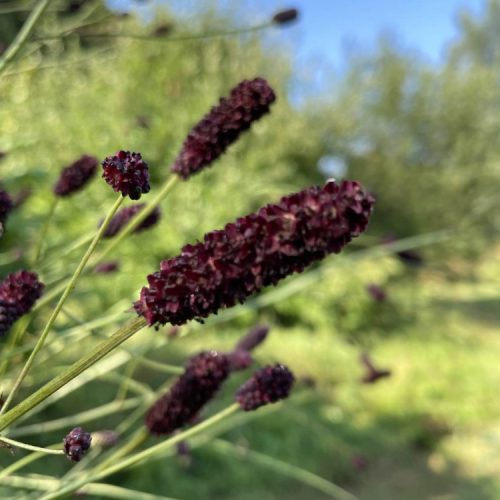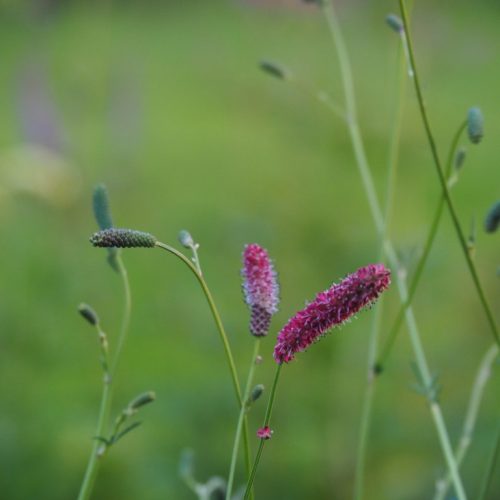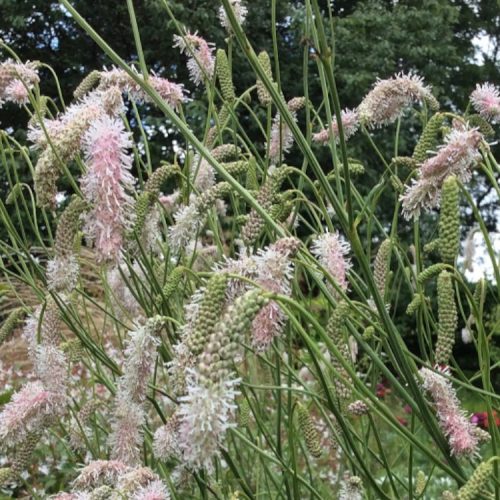Sanguisorba
The Rosacea family’s Sanguisorba species is a small genus that only grows in the northern hemisphere’s temperate regions.
The majority of these plants are herbaceous perennials or small shrubs known as “Burnets.” There are about 30 different species that have been identified. The Sanguisorba can reach a height of 50–200 cm, with a cluster of basal leaves and additional leaves arranged alternately up the stem.
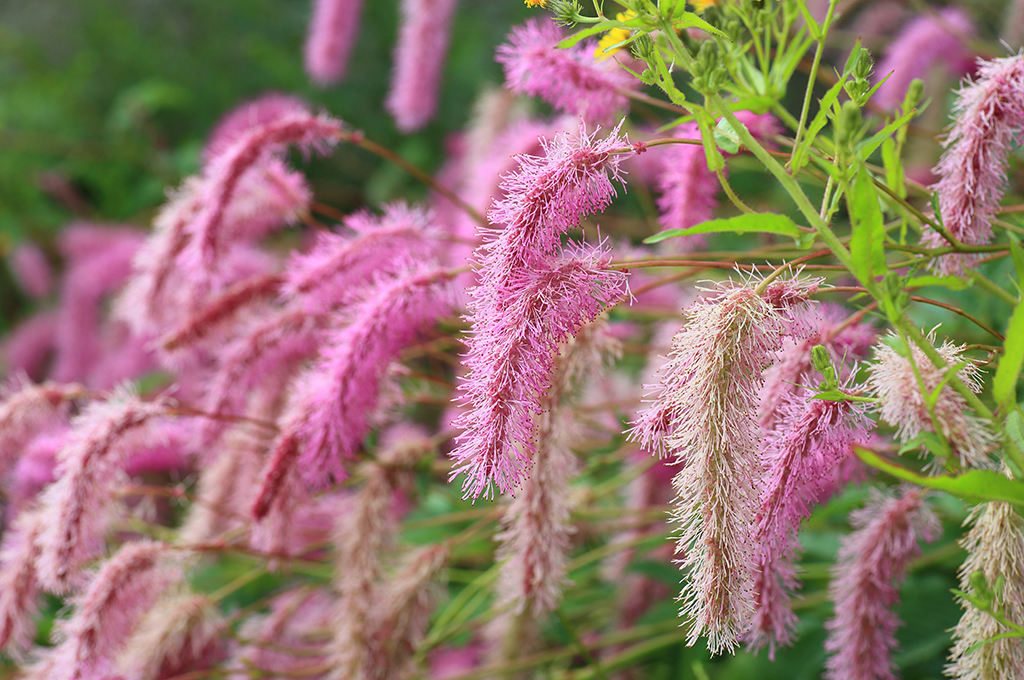
Showing all 8 resultsSorted by popularity
-
£4,50 – £4,95 Select options This product has multiple variants. The options may be chosen on the product page
-
Original price was: £10,50.£4,95Current price is: £4,95. Select options This product has multiple variants. The options may be chosen on the product page
-
Original price was: £10,50.£4,95Current price is: £4,95. Select options This product has multiple variants. The options may be chosen on the product page
-
£4,50 – £4,95 Select options This product has multiple variants. The options may be chosen on the product page
Showing all 8 resultsSorted by popularity
The leaves are pinnate (arranged in pairs opposite each other on either side of the stems), 5–30 cm long, and divided into 7–25 leaflets with a serrated border. In the centre of the plant, young leaves emerge from the crown.
Each blossom has four small petals that range in colour from white to crimson and are produced in dense clusters of 5–20 mm in length. The plant’s popularity has risen in recent years as a result of its numerous advantages.
It can be grown in any type of garden soil, but it prefers moist, well-drained soil in the sun or partial shade. The plant thrives in well-drained soil, but be aware that it can get a little dry in the summer.
Crushed and dried blooms of this plant can also be used to make incense. Wildflowers and natural objects are commonly used as ornaments in primitive-style gardens.
Planting schemes in the prairies are no exception, and they have gained popularity in recent years. Some varieties are suitable for the front and back of borders, as well as more traditional herbaceous borders.
Staking is required for taller varieties, and staking gardens should be carefully planned and laid out.

